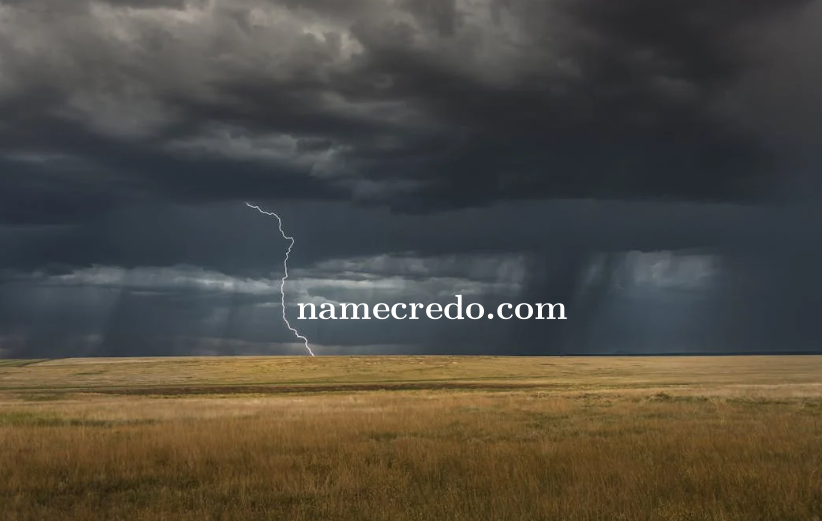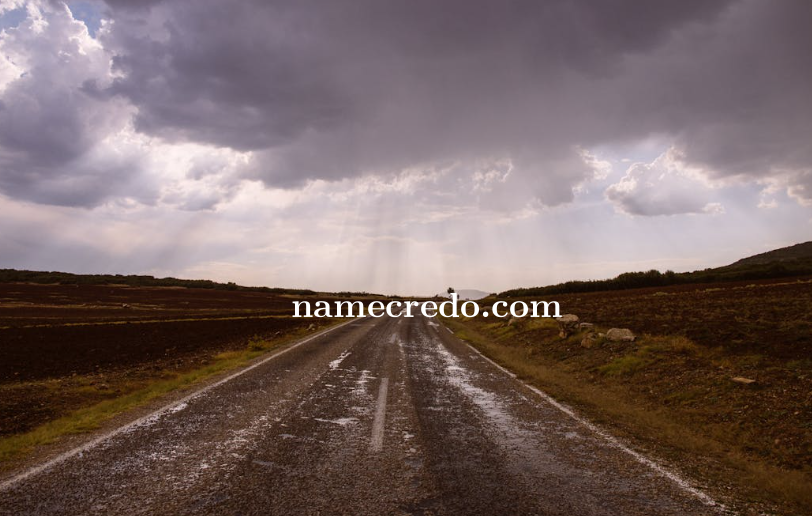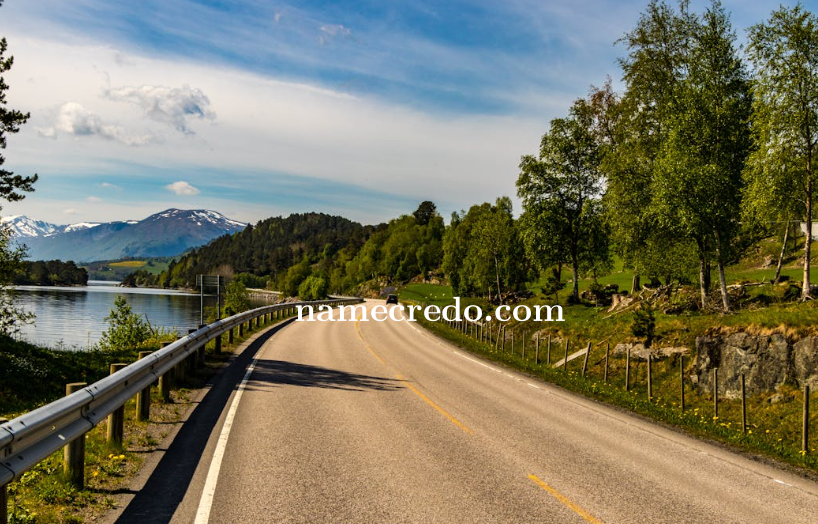- Fur and Claws The Hidden Craft of Pet Groomers
- The Art of Transformation: Secrets Behind Pet Grooming
- Domain Name Sales Highlights 21nd March 2025 | Highest .de sale $5,427
- Domain Name Sales Highlights 20nd March 2025 | Highest .org sale $33,466
- Domain Name Sales Highlights 19nd March 2025 | Highest .xyz sale $79,888
- Domain Name Sales Highlights 18nd March 2025 | Highest .de sale $3,822
- Domain Name Sales Highlights 17nd March 2025 | Highest .org sale $35,000
- Domain Name Sales Highlights 16nd March 2025 | Highest .com sale $8,289
- Domain Name Sales Highlights 15nd March 2025 | Highest .com sale $18,250
- Chiefs Re-Signing WR JuJu Smith-Schuster
Rain into Reservoir Creative Water Gathering Techniques in the Open
Rain into Reservoir: Creative Water Gathering Techniques in the Open

In survival situations, access to clean water is arguably the most crucial factor for human endurance. Without it, even the fittest individuals can succumb to dehydration in just a matter of days. This article explores innovative methods for gathering and purifying water in open environments, emphasizing resourcefulness and creativity in the quest for hydration.
Rainwater collection is the most straightforward method of gathering water in the wild. Constructing a basic rain catchment system with tarps or even large leaves can be highly effective. By designing a funnel system that channels rainwater into containers or improvised basins, you can collect and store precious water resources whenever storms occur.
Baca Lainnya :
- Decoding the Skies Weather Reading from Clouds and Stars0
- Food from the Forest Finding Nutrients in Nature Naturally0
- Domain Name Sales Highlights 7nd March 2025 | Highest .com sale $32,5000
- Domain Name Sales Highlights 5nd March 2025 | Highest .ai sale $90,0000
- Domain Name Sales Highlights 6nd March 2025 | Highest .com sale $42,4050
Morning dew is another accessible water source. Utilizing absorbent cloth or even clothing, dew can be collected by wiping it off plants and grass in the early hours. This method, while yielding smaller quantities, can significantly contribute to the daily water needs, especially when combined with other techniques.
In arid environments, transpiration bags can extract water from plants. By tying a plastic bag around leafy branches and leaving it in the sun, water vapor released by the plant will condense inside the bag. Although it requires patience, this method can provide a slow but steady water supply.
For larger bodies of water like rivers and lakes, purification is essential to ensure safety. Natural filtration systems can be constructed using sand, charcoal, and small rocks, mimicking commercial water filters. Additionally, boiling water is a reliable method for eliminating pathogens, albeit requiring fire-making skills and suitable containers.
In situations where standing water is scarce, terrain plays a crucial role. Valleys, depressions, and rock crevices often harbor small water reserves unseen at first glance. By exploring these areas, especially after rain, you increase your chances of finding hidden water sources.
In extreme conditions, solar stills can be constructed as a last resort. By digging a pit, placing a container in the center, and covering the hole with a clear plastic sheet that slopes towards the center, moisture from the earth evaporates and condenses on the plastic, eventually dripping into the container. This method, while labor-intensive, can be life-saving in harsh climates.
Practicing these techniques in a non-emergency context can significantly enhance proficiency. Understanding the principles of water collection and purification empowers adventurers to approach survival with confidence and agility, creating a well-rounded resourcefulness essential in wilderness settings.
The art of turning rain into reservoirs underscores the importance of adaptability and problem-solving in survival scenarios. These skills not only ensure hydration but also foster a deeper appreciation for the simple yet profound resources nature provides, exemplifying the intricate balance required for enduring the elements.
---
**Title 5: "Fire from Nowhere: Techniques to Ignite Flames Without Matches"**
The ability to start a fire without modern conveniences like matches or lighters is a testament to human ingenuity throughout history. This article explores a variety of primitive fire-starting techniques that leverage friction, compression, and innovation, highlighting this essential survival skill.
One of the most time-honored methods is the bow drill, which uses friction to create an ember. This technique requires crafting a simple kit: a spindle, hearth board, bow, and bearing block. By rapidly spinning the spindle against the hearth using the bow, heat and eventually an ember are generated. Transferring the ember to a tinder bundle and gently blowing on it can ignite a fire.
The hand drill is a simpler variation of the bow drill, eliminating the need for a bow. Instead, you rapidly roll a spindle between your hands, driving it into a hearth board. While it demands more physical effort and skill, the hand drill is lightweight and effective once mastered.
Flint and steel have long been used for fire-starting. These materials, when struck together, produce sparks capable of igniting char cloth or fine tinder. Carrying a small piece of flint or striking rock and steel in your survival kit can prove invaluable in emergency scenarios.
Another method, the fire plough, involves a groove carved into a wooden board with a harder wooden stick, which is repeatedly run up and down the channel. Friction generates heat and eventually smoldering embers, which can be transferred to tinder.
For those without tools, the primitive fire piston uses compression to ignite tinder. By sealing tinder in a cylinder and briskly pushing a piston into it, air compresses and generates enough heat to ignite the tinder. While the construction of a fire piston is more complex, it offers a fascinating alternative.
Magnifying glasses, or even ice shaped into a lens, can focus sunlight to generate heat, igniting materials with sustained exposure. While location and weather conditions limit this method, it offers a captivating example of using natural laws to create fire.
Developing expertise in these techniques requires practice and patience. Simulating real-world conditions can help individuals refine their skills, building both proficiency and confidence. Experimenting with different materials and methods under various environmental conditions can provide invaluable insights, ensuring preparedness when the need arises.
Mastering the art of fire-making is a journey into understanding both natural elements and human capability. Fire is not only a survival tool but a symbol of warmth, safety, and community. By learning to start fire from nowhere, you embrace self-reliance and adaptability, qualities that foster a profound respect for nature and humanity's enduring quest for illumination and connection.













